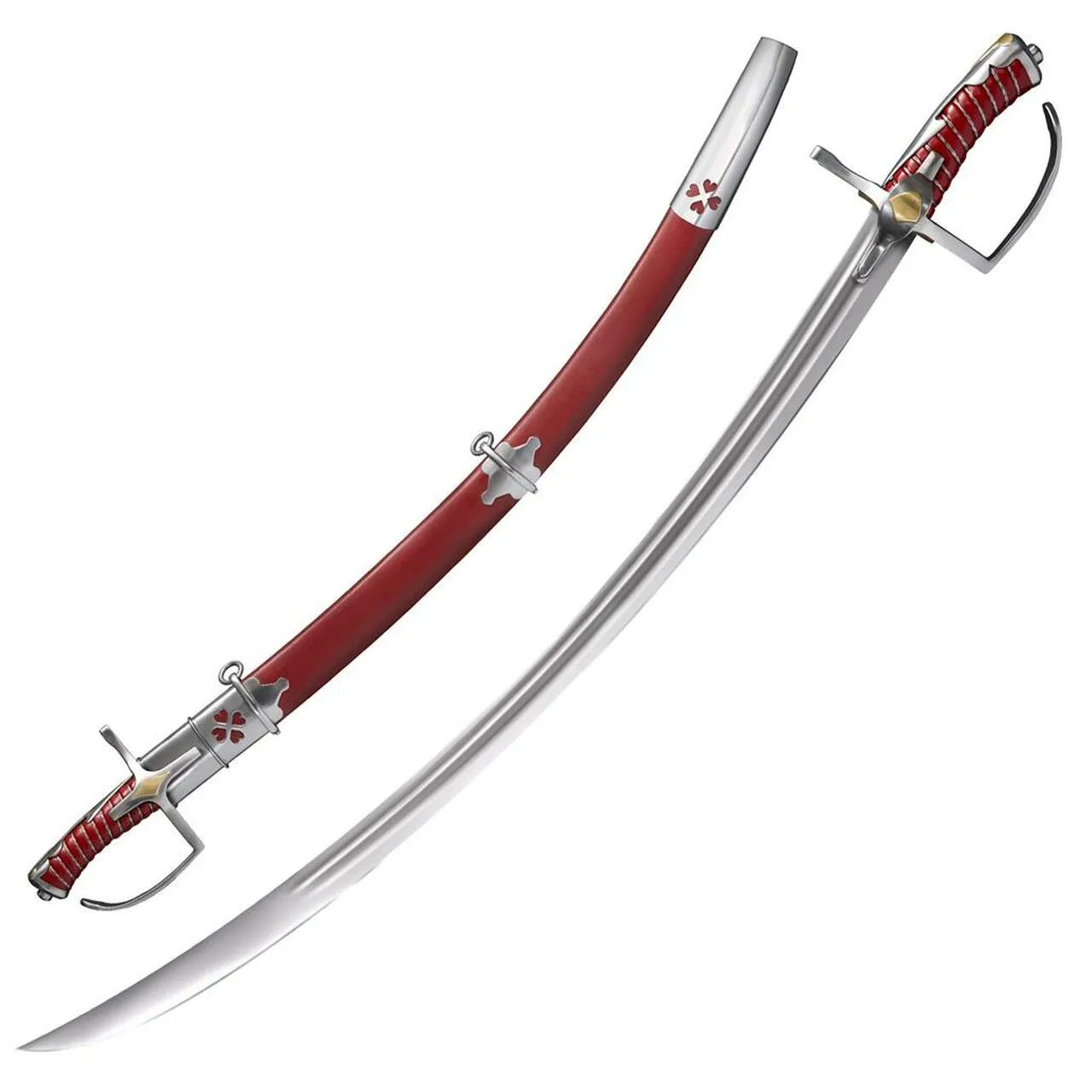Fencing is perhaps in every part of the world inextricably linked with nobility, valor, courage. From Japanese samurai to European monarchs to today’s US, there has always been a white weapon at one’s side signifying heroism, fortune, position. No wonder that today sabers, swords or daggers continue to fascinate and excite the imagination. Collector’s White Arms is a passion for millionaires. Fencing, on the other hand, is a sport for a select few.
White arms – why did they become a symbol?
White arms has fascinated for centuries not only as a tool of warfare, but above all as a symbol with a huge cultural, historical and spiritual charge. In ancient Rome, the sword was a sign of power and honor. In the Middle Ages, on the other hand, it became an attribute of the knight and a sign of his membership in the warrior elite. In Japan, on the other hand, the katana embodied the bushido code and the samurai’s inseparable bond with the idea of honor. In Poland, the saber played a special role. That is why it became a permanent part of national identity and soldiering tradition.
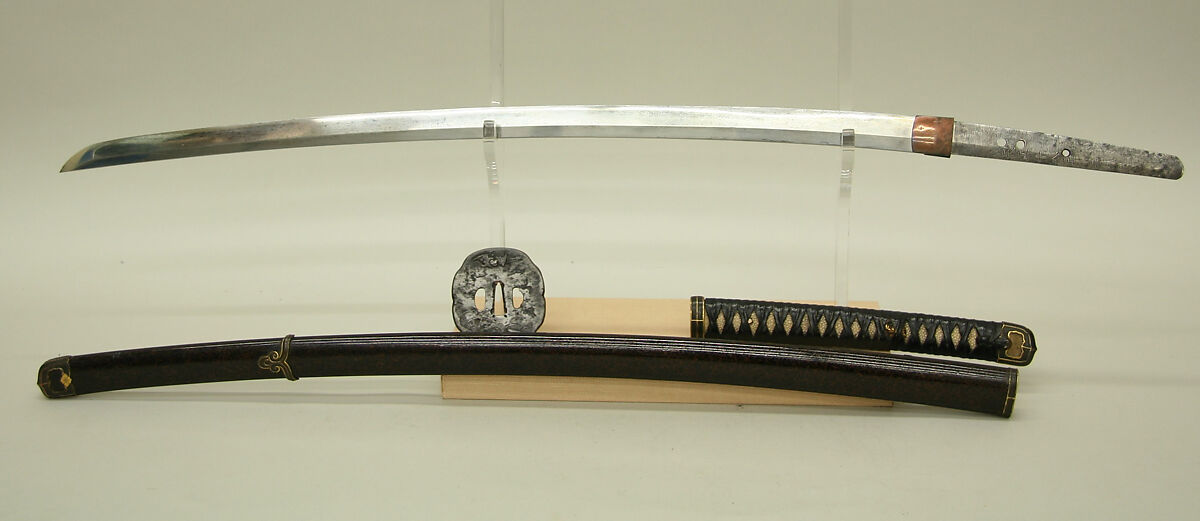
White weapons also accompanied rituals. The sword used during the knight’s belt had not only practical, but also spiritual power. Meanwhile, in knightly orders, it symbolized the cross and the mission to defend the faith. Its meaning has survived to this day. Therefore, ceremonial swords and sabers are an integral part of military parades, oaths or state ceremonies, where they remind us of courage, tradition and continuity of heritage.

It is interesting to note that the first simple white weapons were created as early as 300,000 years ago from wood. Later, on the other hand, the development of metallurgy led to the creation of the famous Damascus steel, prized for its extraordinary strength and sharpness between the 9th and 16th centuries. Even today, some forms of these weapons, such as halberds, find use in ceremonies – such as the Swiss Guard guarding the Pope.
Richly ornamented handles and scabbards made of copper, silver or gold also made white arms a work of art. Therefore, today’s collectible white weapons are a love of art and combat.They are part of historical reconstructions and combat sports. This remarkable heritage shows that white arms are not only a relic of past battles, but also a timeless symbol of honor, courage and tradition that continues to inspire and inspire awe.
Saber, sword, sword or katana – types of white weapons
White weapons have accompanied man since the dawn of time. From the primitive wooden spears of hundreds of thousands of years ago, to the masterfully forged swords, sabers and katanas that have become not only tools of warfare, but also symbols of honor, courage and status. Today, many of its forms are admired mainly in museums, at historical reenactments or in private collections – no wonder, since collectible white weapons fascinate with their craftsmanship, variety and rich symbolism. Let’s take a look at selected types of these unusual weapons.
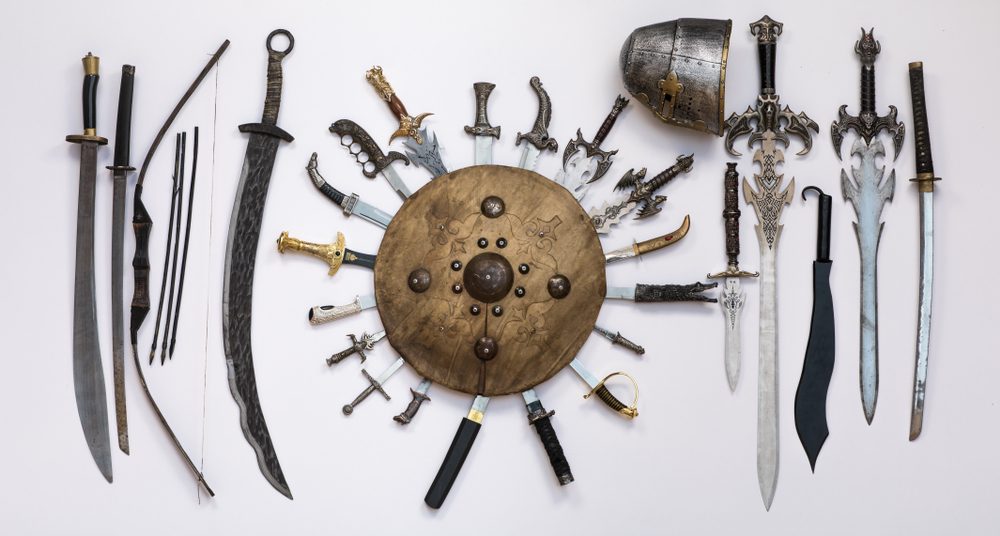
Sword
- An icon of chivalric ethos and power in Europe.
- It combined incisive and kneed functions, from heavy medieval swords to light Renaissance swords.
- The Japanese katana was its eastern counterpart – a symbol of the samurai spirit.
Sabre
- Curved blade perfect for cutting from horseback.
- In Poland, it has become a symbol of noble tradition and national identity.
- Light, fast, ideal in the cavalry of the 19th century.
Spade
- A slender and lightweight knee weapon, popular since the Renaissance.
- Used mainly in dueling and fencing.
- A symbol of elegance and prestige among the nobility and officers.
Katana
- Japanese sword with a single curved blade.
- It embodied the bushido code, honor and loyalty of the samurai.
- Forged from extremely durable steel, extremely sharp and precise.
Dagger and puginbal
- Short stabbing weapons, often used in melee or stealth combat.
- Popular from ancient to modern times.
- They also often had a ritual function.
War hammer and mace
- A double-edged weapon for smashing armor and helmets.
- The hammers had massive heads on long handles.
- The mace was shorter and more manageable – and often served as the insignia of commanders.
Collectible small arms today – a passion for a select few
Collectible white guns today are a passion for special people. Mainly because it is demanding hobby, which combines a fascination with history, the art of blacksmithing and craftsmanship of the highest order. Each piece, be it a historical sword, a Polish saber or a Japanese katana, is a work of art. Handles decorated with silver, gold or copper, inlaid with precious stones or ivory, tell of the status of the owner and the craftsmanship of master blacksmiths. The blades were made of legendary Damascus or Toledo steel, famous for its extraordinary resilience and sharpness, and each hid not only the technique, but also the spirit of the era.
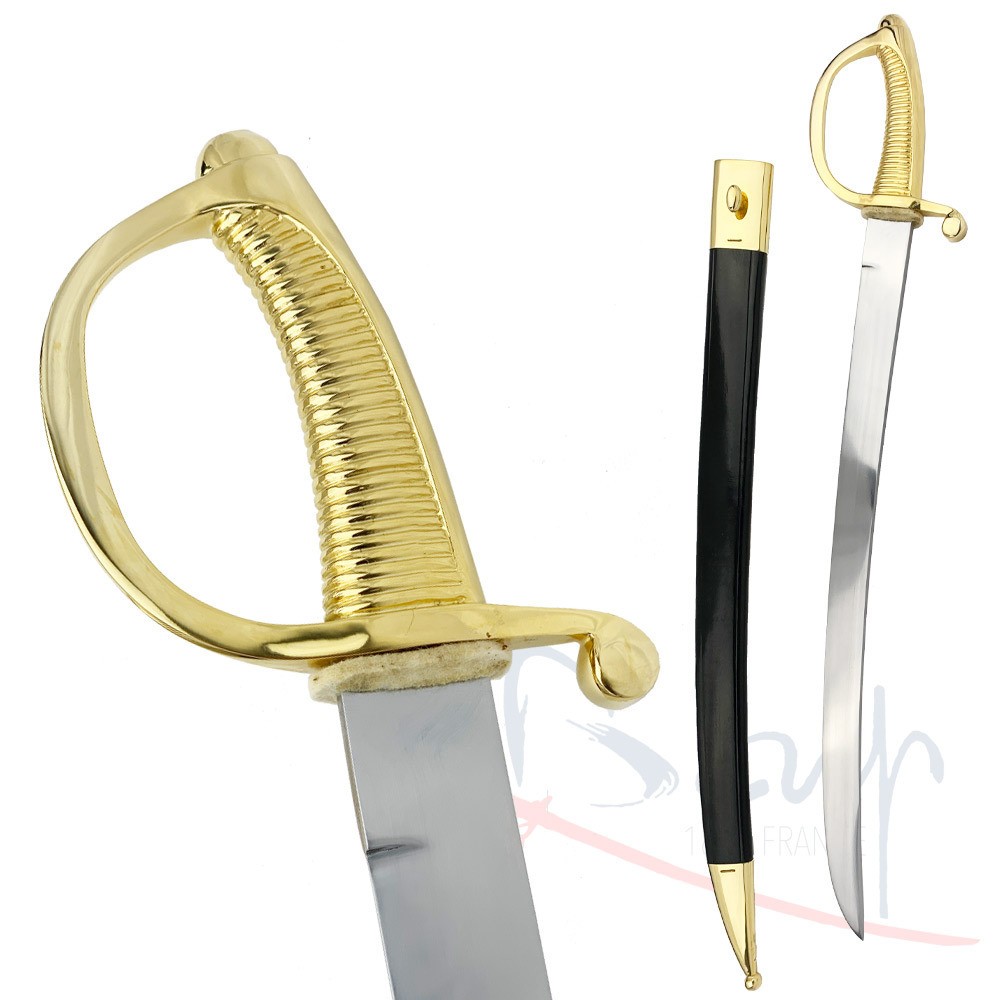
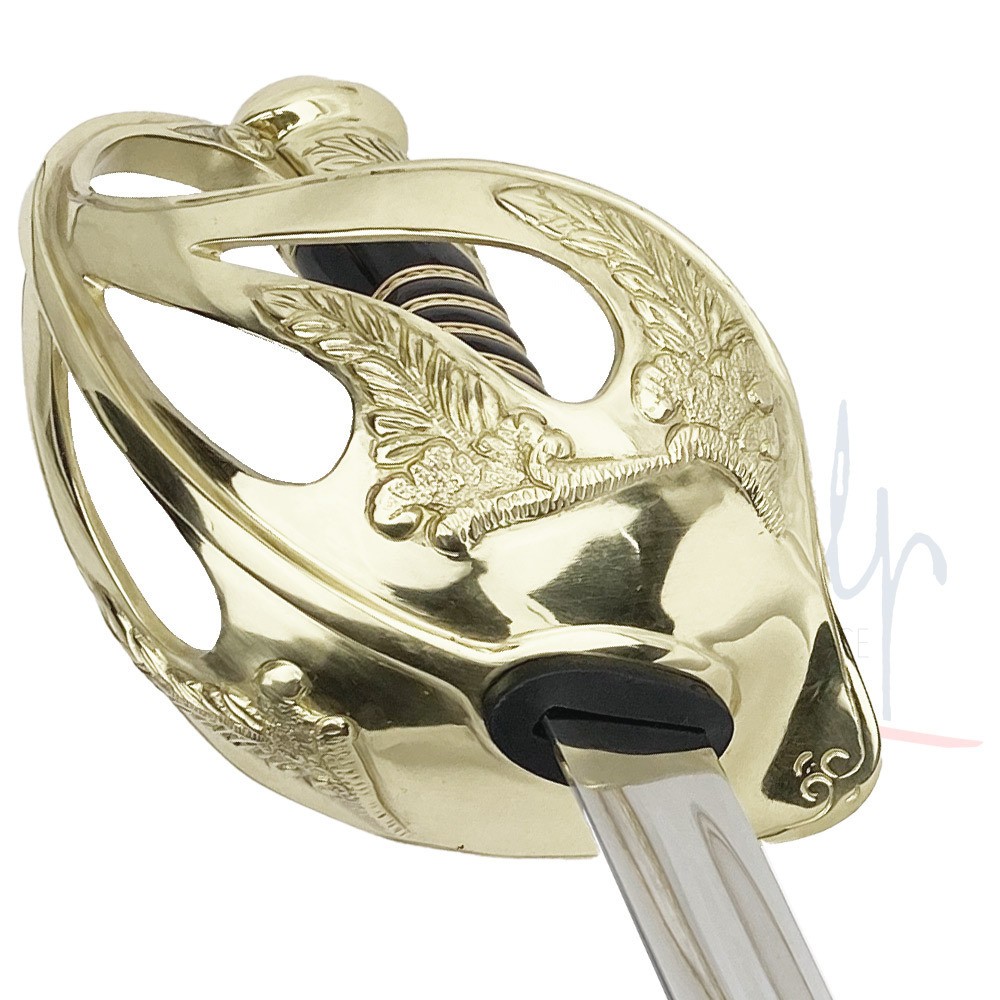
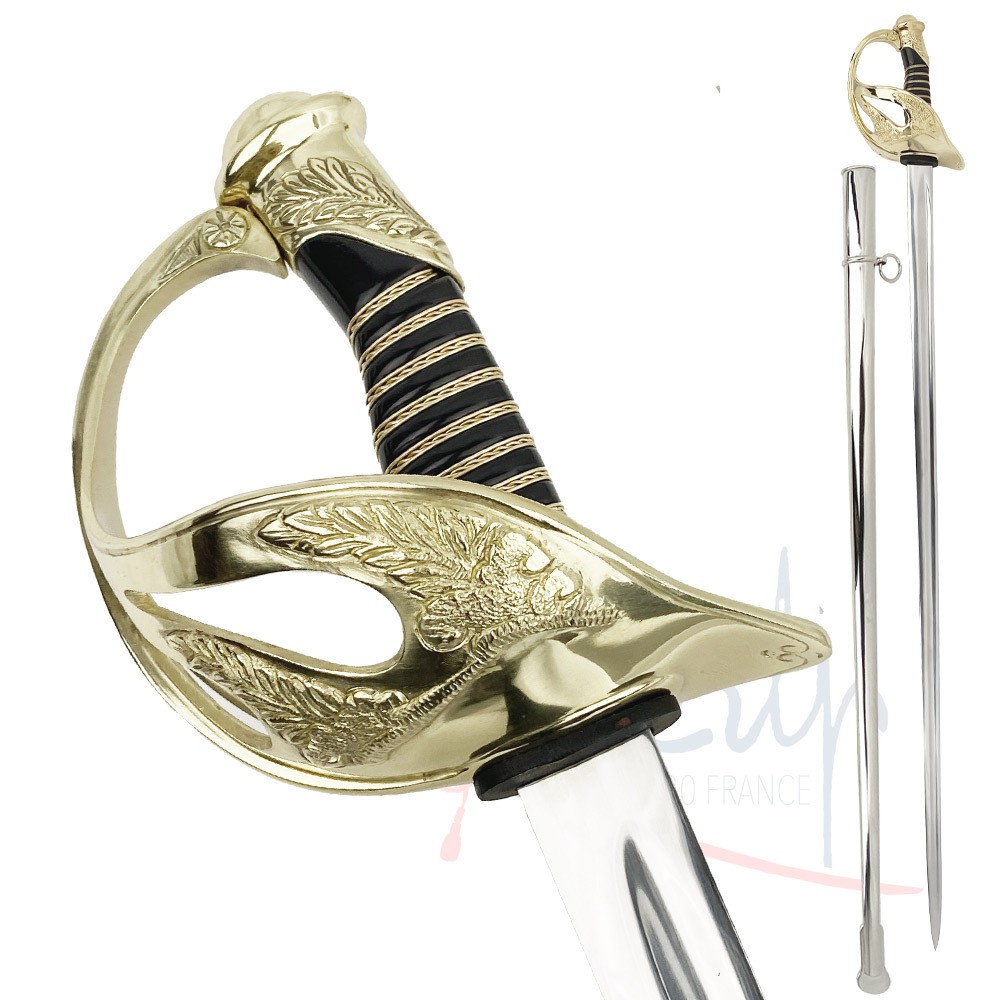
Today, collectible white arms are both original, unique pieces that reach prices in the tens of thousands of zlotys, as well as precise replicas created by master swordsmiths on special order. This is a passion for a select few. It requires knowledge of history, knowledge of materials, decorative techniques and craftsmanship. And at the same time consuming time and considerable financial resources.
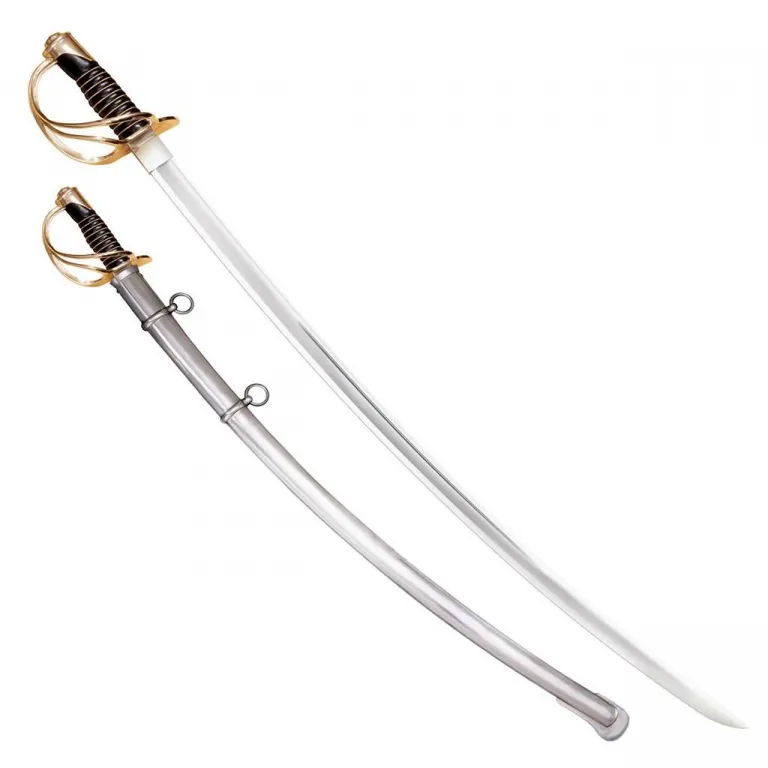
Therefore, a collector, when investing in such an item, is not just acquiring a weapon, but a piece of culture and heritage. Collectible white arms combine functionality, beauty and centuries-old symbolism. This is why collectible white arms remain one of the most elite and fascinating avenues of passion, available to those who can appreciate its artistic value and historical.
How to choose and collect white arms?
Collecting small arms is not only a passion, but also a art requiring knowledge, patience and the right approach. Before you buy your first piece, it’s worth deciding whether you want to specialize in one category – for example, exclusively Polish sabers, Japanese katanas or Renaissance swords – or build a broader collection based on your chosen historical period.

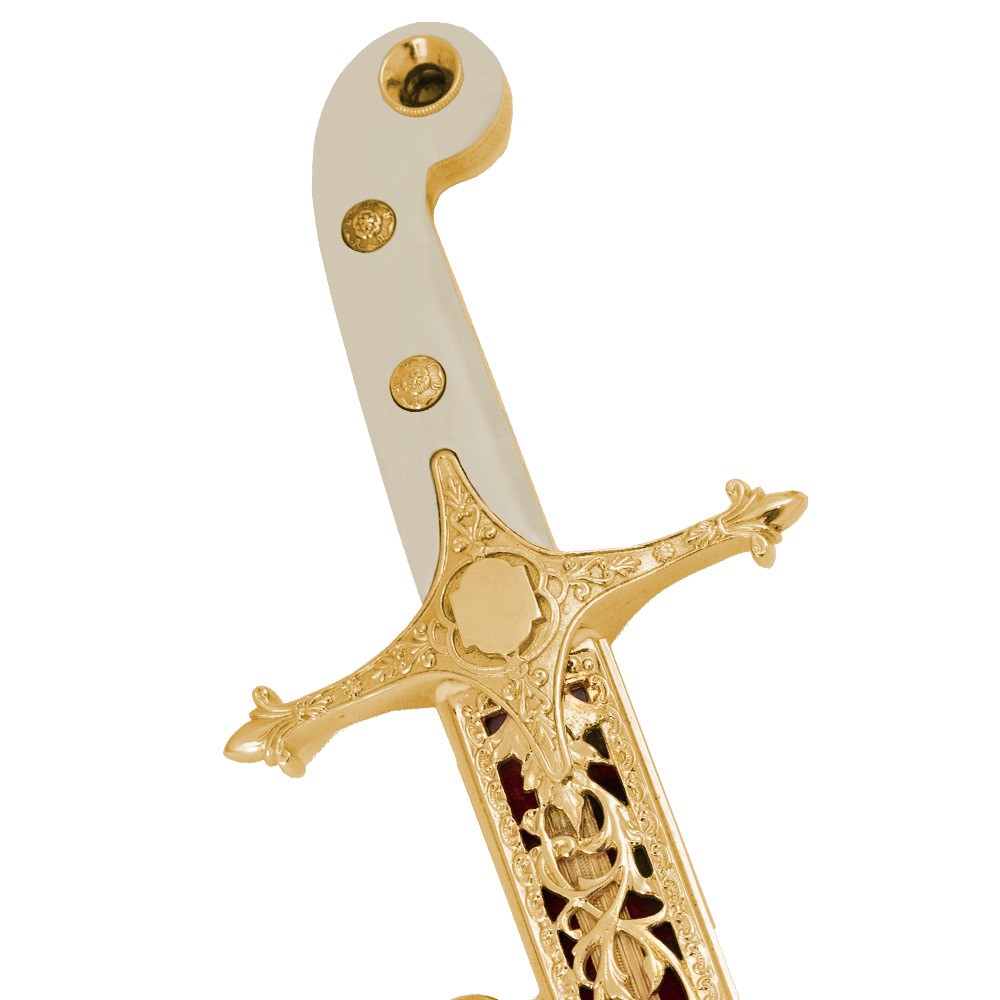
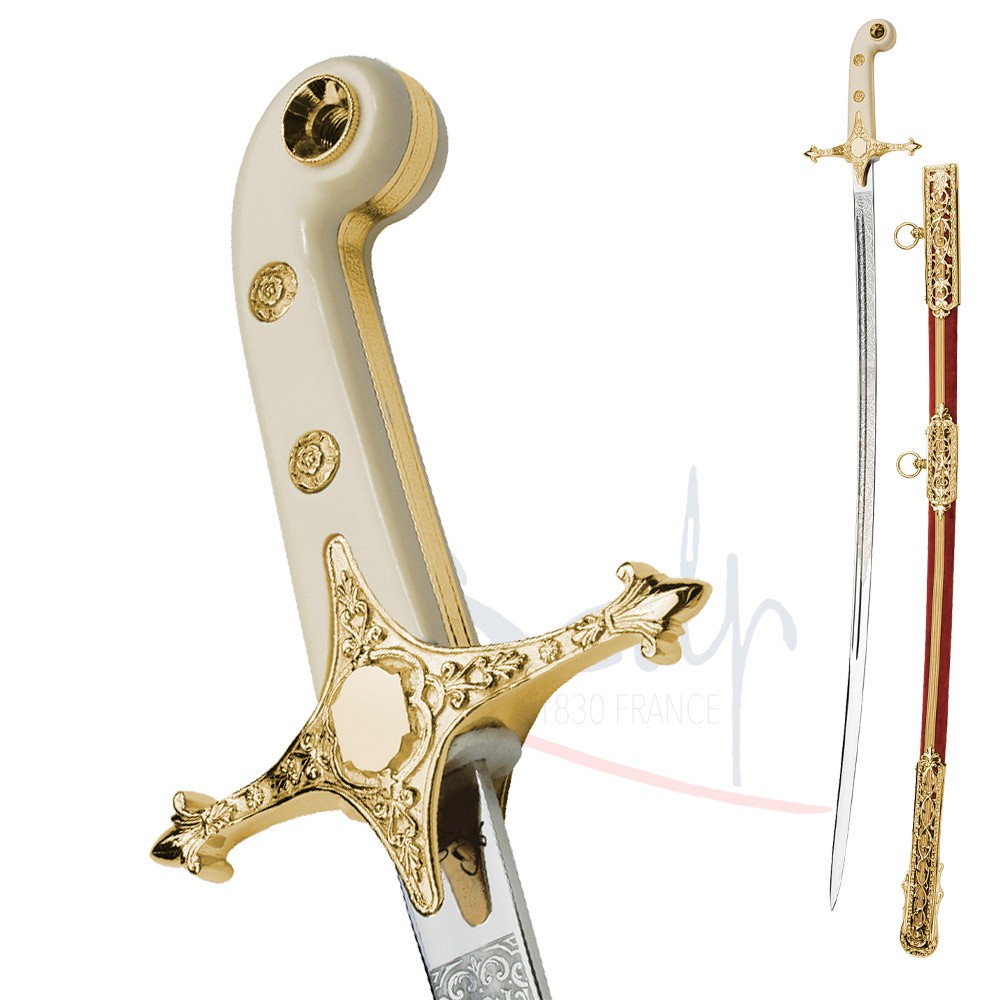



The most important thing is to use reliable sources: reputable antique stores, specialty auctions and artisan swordsmiths, so you can avoid so-called “folders,” i.e. weapons assembled from random components. Proper storage is the next step. That’s why the best display cases are made of tempered glass, with humidity control and the ability to safely display the blade, so that the weapons do not corrode and at the same time please the eye. Many collections look impressive in wall arrangements. Then sabers or katanas form symmetrical compositions reminiscent of the museum exhibitions.
Maintenance is also important: regular oiling of the blade with specialized oils and care of wood, horn or metal handle components. Interestingly, collecting white arms is not only an aesthetic and historical passion – it is also increasingly being treated as an investment, as rare pieces, especially in good condition, gain in value over the years and become real gems in the world of collectors.




